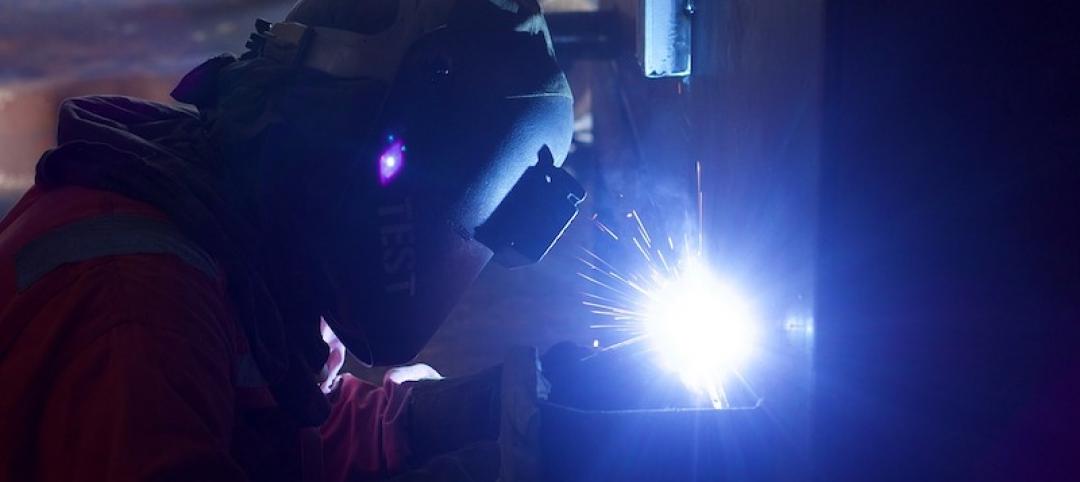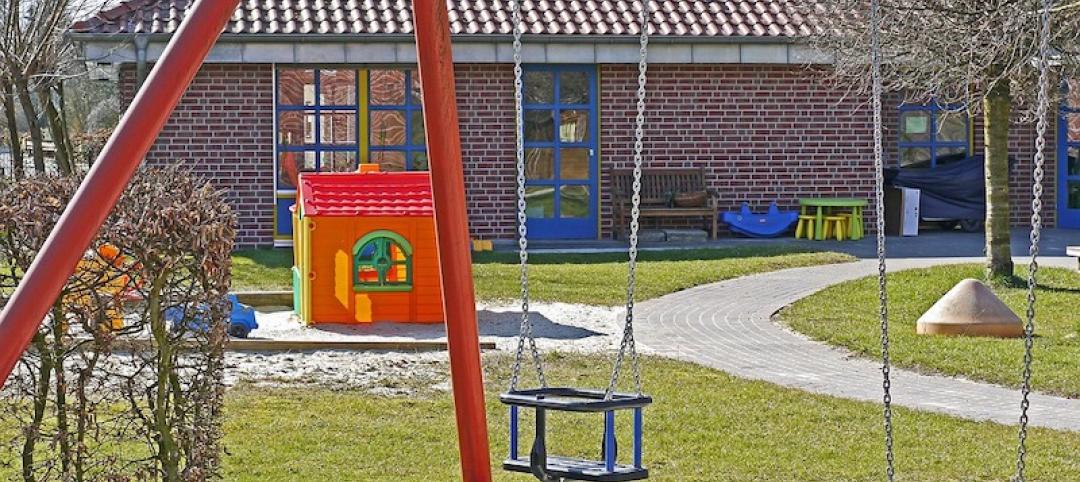The new International Building Code now allows for the use of weather-resistive barriers above 40 feet high.
Code restrictions had been designed to limit the use of combustible materials that might propagate flames. In the 2015 update, however, exceptions are allowed that recognize that in certain circumstances a weather-resistive barrier by itself would be a negligible contributor to the spread of flames.
This change should result in an energy efficiency boost in cases where builders have had to transition to less efficient methods of weather sealing above 40 feet. Weather-resistive barriers are now allowed in walls in which the water-resistive barrier is the only combustible component and the exterior wall has a fire-resistant wall covering of brick, concrete, stone, terracotta, stucco, or steel.
The material can also be used in walls in which the water-resistive barrier is the only combustible component and the water-resistive barrier has certain heat, flame spread, and smoke properties in accordance with ASTM E 1354 and ASTM E84 or UL723.
Related Stories
Codes and Standards | May 15, 2019
OSHA inspections to increase, says Secretary of Labor
Newly hired inspectors getting up to speed.
Codes and Standards | May 14, 2019
Database records more than 1,360 K-12 school shooting incidents since 1970
Naval Postgraduate School program maps locations nationwide.
Codes and Standards | May 13, 2019
In many cities, downtown housing comes with a hefty premium
Urban core living costs hundreds of thousands more in largest U.S. cities.
Codes and Standards | May 7, 2019
San Francisco plan would require largest commercial buildings to use 100% renewable electricity
First in the U.S. mandate would be phased in from 2022 to 2030.
Codes and Standards | May 7, 2019
ABC says best practices can improve construction companies’ safety by 680%
Daily ‘toolbox safety talks’ were most effective safety measures.
Codes and Standards | May 7, 2019
Office noise significantly reducing employee concentration, productivity, and creativity
Workplace distractions cause some to choose to work remotely.
Codes and Standards | May 7, 2019
WSP USA says it will be carbon neutral in 2019
Engineering firm will offset carbon at all offices and with employee business travel.
Codes and Standards | Apr 25, 2019
Report: Contractors invest $1.6 billion in workforce development annually
ABC members increased training spending 45% from 2013, according to a new report.
Codes and Standards | Apr 25, 2019
New York City’s Green New Deal would ban all-glass skyscrapers
The ambitious plan would also boost affordable housing, reduce building emissions, and update codes to account for sea level rise.
Codes and Standards | Apr 25, 2019
Chicago, Houston, and Dallas deemed ‘most dangerous cities for migratory birds’
The three cities are in the heart of North America’s most trafficked aerial corridors.

















